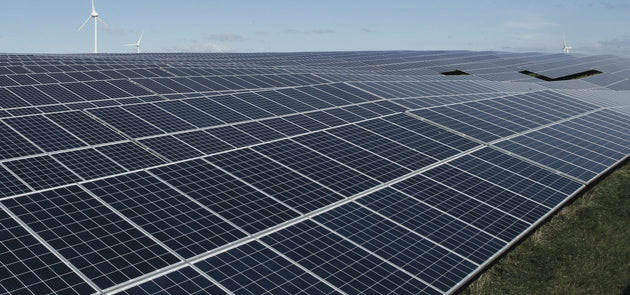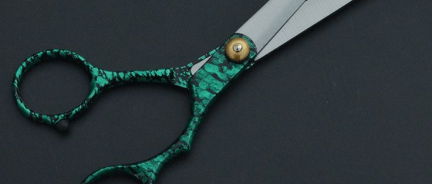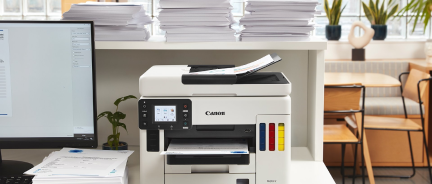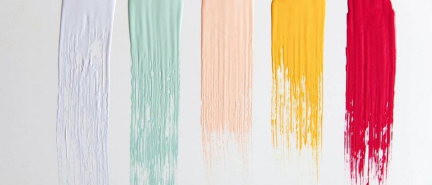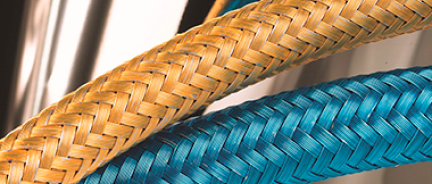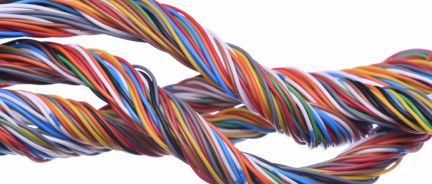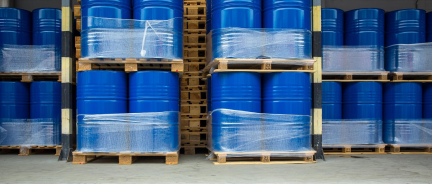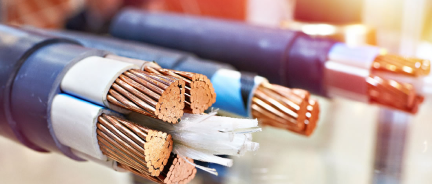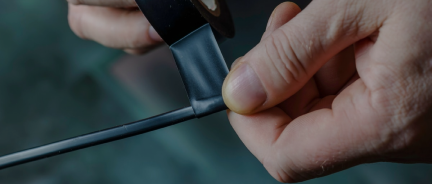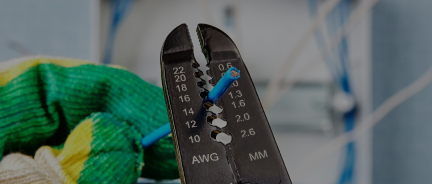Everything To Know About Wire Butt Connectors
Wire butt connectors are electrical connectors used to splice or join two or more wires together end-to-end. These connectors are typically cylindrical in shape. Wire butt connectors are often used as an alternative to soldering for joining wires as there is no need to use the iron in this case, it is faster and more clean-cut for quick repairs and installations.

When to Use Wire But Connectors?
- Automotive wiring
Butt connectors are ideal for vehicles because they create durable, vibration-resistant connections. They securely splice components like audio systems, lights, and sensors in environments exposed to constant motion and impact.
- Marine and outdoor applications
Waterproof or heat-shrink butt connectors are perfect for outdoor environments. They maintain reliability in boats, irrigation systems, and outdoor lighting.
- Industrial and machinery wiring
High-vibration environments like industrial equipment demand secure connections that won’t loosen. Butt connectors' crimped design offers a durable and compact solution for these settings.
- Household repairs
Butt connectors provide a permanent and compact solution for fixing broken wires in appliances, lighting, and small devices. They are easy to install and ideal for confined spaces.
- Solar and renewable energy systems
Heavy-duty connectors are used in large-gauge photovoltaic cables and batteries. They handle heavy currents in outdoor setups exposed to varying weather conditions.
- Inline splicing
Butt connectors are specifically designed for inline splicing, unlike other cable connectors like wire nuts.
- Outdoor use
Waterproof and heat-shrink versions protect against moisture, dirt, and UV exposure.
- Limited space
Their slim, tubular design makes butt connectors the perfect choice for confined spaces, such as automotive dashboards or industrial panels.
- Soldering alternative
Butt connectors are a faster, simpler, and safer alternative to soldering, without requiring heat or advanced tools.
- Weatherproofing
Adhesive-lined heat-shrink connectors offer superior weatherproofing, creating watertight seals that withstand moisture.
Types of Wire Butt Connectors
Non-Insulated Butt Connectors
- Made entirely of metal with no insulation.
- Commonly used in indoor environments where insulation is not required or in applications where heat-shrink tubing or other insulation will be applied later.
- Advantages: Cost-effective and versatile, allowing for customized insulation.
- Limitations: Not suitable for exposed or outdoor environments without additional protection.
Vinyl Insulated Butt Connectors
Metal connectors with a basic vinyl plastic covering for insulation.
- Ideal for general-purpose electrical connections in low-stress environments, such as household wiring.
- Advantages: Economical and easy to install.
- Limitations: Less durable and less flexible than other insulated connectors; not suitable for harsh or outdoor conditions.
Nylon Insulated Butt Connectors
Metal connectors with a flexible nylon sleeve for insulation.
- Suitable for automotive and industrial applications where some flexibility and durability are needed.
- Advantages: More durable and resistant to cracking than vinyl connectors.
- Limitations: Not weatherproof; additional sealing may be needed for outdoor use.
Heat-Shrink Butt Connectors
Include a heat-shrink tubing that contracts when heated, sealing the connection.
- Widely used in outdoor, automotive, and marine applications where sealing and protection from moisture are necessary.
- Advantages: Provides insulation and a watertight seal.
- Limitations: Requires a heat gun for installation.
Adhesive-Lined Heat-Shrink Butt Connectors
Heat-shrink connectors with an inner adhesive lining that melts when heated, creating a stronger seal.
- Used in waterproof outdoor and marine applications.
- Advantages: Offers a secure, watertight seal and protects against moisture, corrosion, and dirt.
- Limitations: More expensive than standard heat-shrink connectors.
Waterproof Butt Connectors
Includes heat-shrink tubing and adhesive to ensure complete protection against water.
- Ideal for boats, irrigation systems, and generally for wet or damp environments.
- Advantages: Excellent waterproofing; highly durable in outdoor and harsh conditions.
- Limitations: Requires heating tools and precise installation.
Solder Seal Butt Connectors
Combine heat-shrink tubing with a solder ring inside that melts to create a secure electrical bond.
- Used in automotive and marine applications where both mechanical and electrical bonding are a must.
- Advantages: Provides the benefits of soldering with the ease of crimping and heat-shrink insulation.
- Limitations: Requires heat for installation; may not be suitable for high-vibration environments without crimping.
High-Temperature Butt Connectors
Specially designed to withstand extreme heat, often with high-temperature-rated insulation.
- Common in industrial settings or applications near heat sources, such as engines.
- Advantages: Resistant to heat damage, maintaining performance in high-temperature environments.
- Limitations: Limited availability and higher cost.
Heavy-Duty Butt Connectors
Designed for large-gauge wires (e.g., 6 AWG or 8 AWG) and high-current applications.
- Used in industrial, solar, or battery systems where heavy currents are involved.
- Advantages: Robust and capable of handling high electrical loads.
- Limitations: Bulkier and may require special crimping tools.
Marine-Grade Butt Connectors
Specifically designed for marine environments with corrosion-resistant materials and waterproof insulation.
- For wiring in boats and other marine systems exposed to saltwater and moisture.
- Advantages: Excellent durability in marine and outdoor conditions.
- Limitations: Higher cost compared to standard connectors.
Wire Butt Connector Color Coding

White: For 26–24 AWG wires (<0.5 mm²), used in microelectronics or delicate wiring.
Red: For 22–16 AWG wires (0.5–1.5 mm²), for automotive sensors and small electronics.
Blue: For 16–14 AWG wires (1.5–2.5 mm²), for automotive, marine, and general wiring.
Yellow: For 12–10 AWG wires (4.0–6.0 mm²), used in industrial or heavy-duty wiring.
Green: For 8 AWG+ wires (≥8.0 mm²), suited for marine and solar power systems.
At NNC, you can buy all kinds of wire butt connectors.




